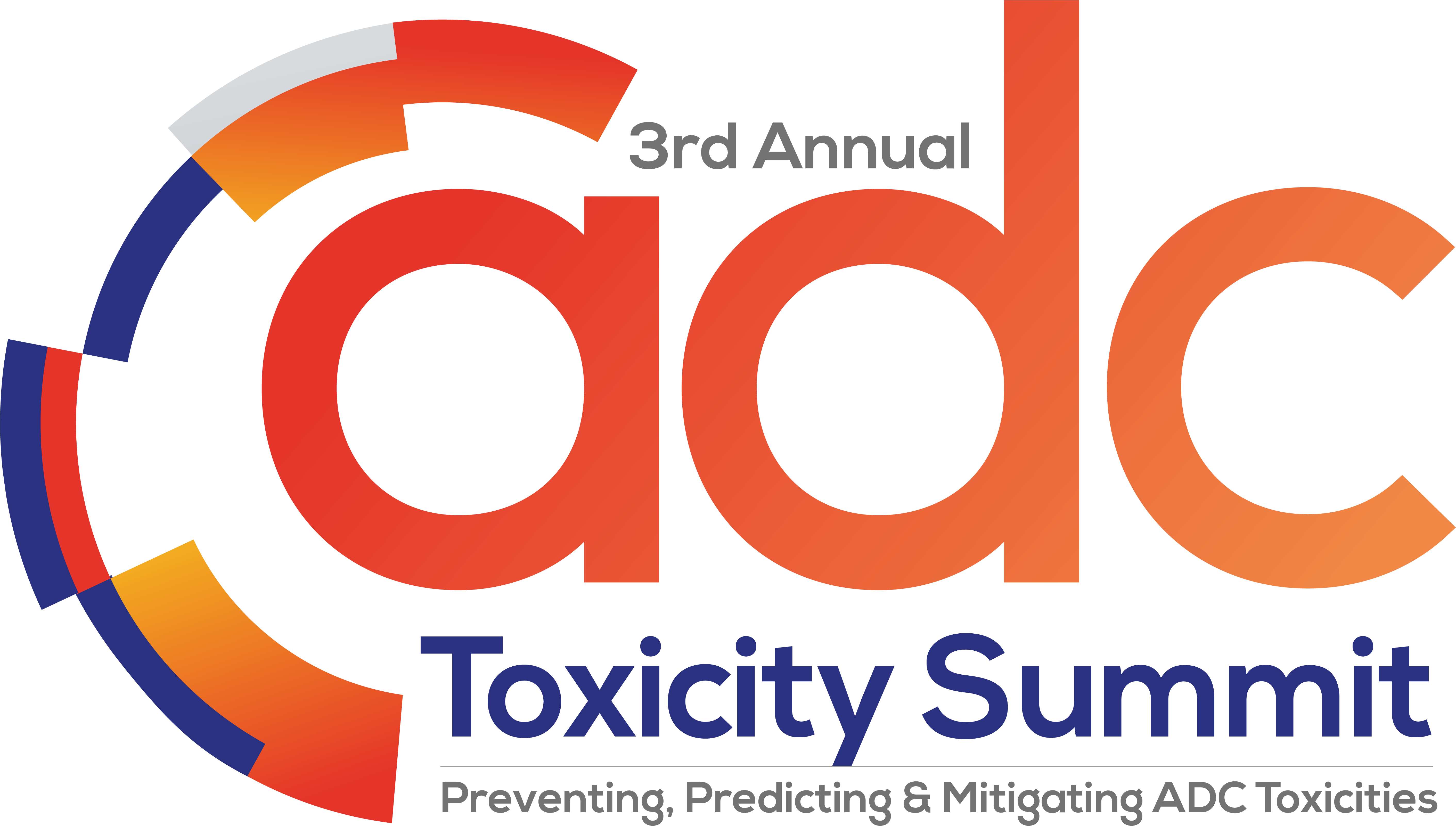8:00 am Morning Check-In & Coffee
8:55 am Chair’s Opening Remarks
Maximizing the Translational Relevance of In Vivo Studies to Better Understand & Mitigate Clinical Toxicities with ADCs
9:00 am Comparing Toxicity Tolerability From Payloads in Non-Human Primates & Humans to Improve the Translatability of the ADC Candidate
Synopsis
- Comparing inhibitors in NHPs vs humans to assess toxicities in different patients
- Evaluating why there is lower tolerability in the clinic compared to NHP models while considering mediation and expression of tumour targets and payload distribution in tissues
- Investigating how we can better predict on target tumour toxicity from NHPs to humans from inhibitors by altering exposure to the payload in NHPs and humans
9:30 am Implementing Rodent Models for ADC Payload Characterization to Support Discovery Screening & Inform on Pre-Clinical Species Relevance for Translation of Safety Profiles
Synopsis
- Recapitulating clinically relevant ADC toxicity in an acute rodent IV infusion model for payloads to increase efficiency / reduce costs within discovery for payload screening
- Utilizing infusion models to better understand potential species-specific sensitivities to toxicities
- Giving Merit for infusion model to inform on anticipated ADC payload PK exposures respective of SOC / comparator drugs to aid in understanding potential risk benefit for an ADC approach
10:15 am Morning break & Speed Networking
Synopsis
The ideal opportunity to get face-to-face with many of the brightest minds in ADC toxicity to engage with attendees for important in-depth conversations.
Bridging the Multidisciplinary Gap Between Clinic & Translational Studies to Improve the Prediction & Communication of ADC Toxicity & Create Safer Treatment Plan
11:00 am Exploring Predictive Biomarkers for Drug-Induced Pulmonary Toxicities – Enhertu Experience
Synopsis
- Overviewing biomarkers for drug induced pulmonary toxicities
- Defining responsibility by discussing who should lead clinical sample-based translational research for safety?
- Addressing the gap between tox teams (preclinical) and clinical safety teams
- Case study: Interstitial lung disease (ILD) concerns in HER2-targeted ADCs – how are biomarkers in blood helping refine prediction and how can we monitor and treat ADC toxicities
11:30 am New Multicenter Interspecialty Consensus on ADC Ocular Adverse Event Reporting to Improve Communication Between Eye Care Providers & Oncologists
Synopsis
- Understanding the ocular toxicities from ADCs and what constitutes a severe ocular adverse event
- Addressing the challenges of quantitatively assessing ocular toxicities with the current terminology criteria for adverse events (CTCAE) by mixing eye signs and symptoms
- Using our learnings to standardize the grading scales of ocular toxicities to better communicate eye findings to oncologists to create a safer ADC treatment plan with less toxicity
12:00 pm Safety Characterization & Risk Mitigation Using Translational Biomarkers for ADC Toxicity With Peripheral Neuropathy
Synopsis
• Overviewing the current landscape of biomarkers and how they are applicable to ADC toxicities
• Introducing how precompetitive consortia will enable novel predictive tools for de-risking toxicities – using the European Union Innovative Health Initiative TransBioline as an example
• Exploring a case study to discuss neuro-biomarkers to de-risk peripheral neuropathy observed with ADC platforms
• Interactive discussion: What are the key areas that needs precompetitive biomarker tools and how do we develop novel screening tools?
12:30 pm Lunch Break
1:15 pm Panel Discussion: Strengthening Cross-Disciplinary Collaboration to Improve ADC Toxicity Prediction & Management
Synopsis
The lack of structured communication between translational teams, oncologists, and ophthalmologists creates a major barrier in ADC toxicity prediction and management. This panel will explore how to establish a collaborative care model that improves early detection, toxicity grading, and back-translation for ADC toxicities like ILD and ocular inflammation.
Discussion points include:
- How can we better educate clinical trial investigators to recognize and escalate ILD/ocular toxicities and what early intervention or prevention strategies can prevent discontinuations?
- How can we treat patients once the toxicities have been established? Can patients be re-challenged with ADC drugs following previous ADC associated toxicities?
- What can clinical specialists teach preclinical teams about improving ADC toxicity models and at what point of ADC treatment should each specialist be involved to achieve proactive toxicity mitigation?
- How can we design models that better reflect real-world toxicities in ocular, pulmonary, and systemic tissues and what are the safety/toxicity profiles that would be deemed acceptable success ADC drugs through to the clinic
2:15 pm Afternoon Break & Poster Session
Synopsis
This is an informal session to help you connect with your peers in a relaxed atmosphere and forge new and beneficial relationships. With an audience of ADC experts working in toxicology, pathology, preclinical development and translational sciences you will have the opportunity to display a poster presenting your work. Additionally, you have the chance to review others’ posters displaying cutting-edge work from drug discovery right through to exciting clinical trial updates.
Addressing the Toxicity Challenges Associated With Dose Limiting Toxicities to Optimize Dosing Regimens With ADC Therapies
3:15 pm Predicting & Mitigating Immune-Related Toxicities to Extend Clinical Dose Escalation With an Immune ADC (iADC)
Synopsis
- Utilizing nonclinical data to facilitate safe iADC starting dose selection
- Leveraging reverse translation to evaluate mitigation strategies for observed toxicities
- Applying learnings to optimize efficacy and safety in the clinic
3:45 pm Translating Toxicity Profiles of Amanitin-Based ADCs From Nonclinical Models to Clinical Studies & Leveraging the Knowledge to Guide Dose Optimization
Synopsis
- Examining how the nonclinical profile of HDP-101 can predict clinical safety and efficacy outcomes
- Comparing the PK and toxicity profile of amanitin-based ADCs between nonclinical models, predictive modelling and patients
- Exploring strategies to refine the pharmacokinetics and optimize the dosing regimens of HDP-101 to improve the therapeutic window
